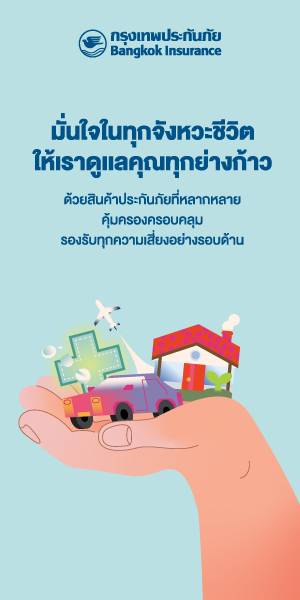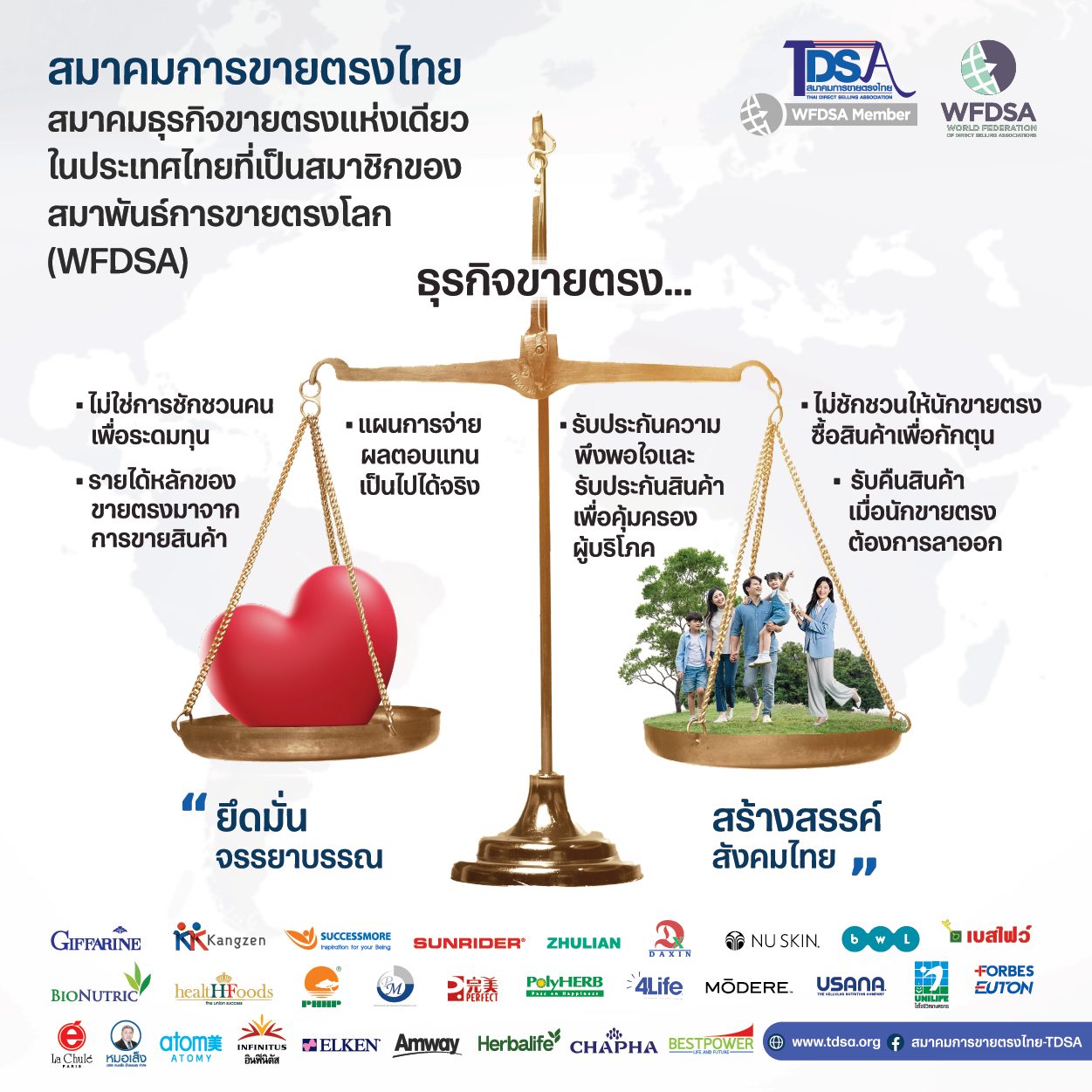ศูนย์วิจัยกสิกรไทยเปิดมุมมองทิศทางเศรษฐกิจครึ่งหลังของปี 2566 คงประมาณการจีดีพีปี 2566 ที่ 3.7% และคงตัวเลขการส่งออกไว้ที่ -1.2% แต่ปรับลดการบริโภคภาครัฐบาลและการลงทุน รอการจัดตั้งรัฐบาลใหม่ ขณะที่ ห่วงภัยแล้งที่มีโอกาสรุนแรงกว่าคาด และหนี้ครัวเรือนที่ยังมีหนี้ก้อนยากรออยู่

นางสาวณัฐพร ตรีรัตน์ศิริกุล รองกรรมการผู้จัดการ บริษัท ศูนย์วิจัยกสิกรไทย จำกัด กล่าวว่า แม้เศรษฐกิจในช่วงครึ่งปีหลัง จะเห็นภาพการขยายตัวที่ดีกว่าครึ่งปีแรก โดยได้รับแรงหนุนจากฤดูกาลท่องเที่ยวที่สุดท้ายแล้ว คงจะเห็นตัวเลขนักท่องเที่ยวต่างชาติทั้งปี 2566 ที่ประมาณ 28.5 ล้านคน และทำให้คาดว่าจีดีพีในช่วงครึ่งปีหลังจะขยายตัวประมาณ 4.3% จากช่วงครึ่งปีแรกที่ประมาณ 3.0% อย่างไรก็ตาม ไทยจะเผชิญหลายโจทย์สำคัญที่ท้าทายการฟื้นตัวทางเศรษฐกิจในช่วงครึ่งปีหลัง โดยโจทย์แรก คือ การจัดตั้งรัฐบาล และการรับมือกับทิศทางเศรษฐกิจจีนที่เริ่มเห็นสัญญาณอ่อนแรง ซึ่งย่อมเปิดประเด็นความเสี่ยงให้กับเศรษฐกิจอาเซียนและไทยที่พึ่งพาเศรษฐกิจจีนค่อนข้างสูง โดยศูนย์วิจัยกสิกรไทยยังคงประมาณการจีดีพีปี 2566 ที่ 3.7% และคงตัวเลขการส่งออกไว้ที่ -1.2% แต่ปรับลดการบริโภคภาครัฐบาลและการลงทุน เนื่องจากยังอยู่ในช่วงที่รอการจัดตั้งรัฐบาลใหม่ และปัญหาหนี้ครัวเรือนที่มีความซับซ้อนซึ่งเป็นโจทย์ที่รอการแก้ไข

โจทย์ถัดมา คือ เรื่องภัยแล้ง โดยนางสาวเกวลิน หวังพิชญสุข รองกรรมการผู้จัดการ บริษัท ศูนย์วิจัยกสิกรไทย จำกัด กล่าวว่า นอกจากภัยแล้งจะส่งผลกระทบต่อภาคเกษตรที่อาจคิดเป็นมูลค่าราว 4.8 หมื่นล้านบาทในปีนี้แล้ว ปรากฏการณ์เอลนีโญรอบนี้ อาจกดดันภาคการผลิตและบริการที่ใช้น้ำในสัดส่วนสูง ได้แก่ อโลหะ อาหาร สิ่งทอ ท่องเที่ยว โรงพยาบาล โดยเฉพาะกับธุรกิจที่ตั้งอยู่ในพื้นที่ภาคตะวันออกและภาคกลาง ซึ่งมีโอกาสประสบกับสถานการณ์น้ำที่อยู่ในเกณฑ์น้อย หรือน้อยจนเข้าขั้นวิกฤต นอกจากนี้ การขาดแคลนน้ำ อาจทำให้ธุรกิจต้องลดกำลังการผลิตหรือจำกัดการให้บริการ ส่งผลตามมาให้มีการสูญเสียรายได้ และสำหรับบางอุตสาหกรรมอย่างเช่นอาหาร ยังมีต้นทุนวัตถุดิบเกษตรที่จะสูงขึ้นด้วย ขณะที่ ประเด็นข้อกังวลเพิ่มเติมคือ ภัยแล้งข้างต้น อาจลากยาวไปถึงปี 2567 ด้วยโอกาสของความรุนแรงที่อาจมากกว่าในปี 2566

สำหรับโจทย์สุดท้าย คือ หนี้ครัวเรือนสูง โดยนางสาวธัญญลักษณ์ วัชระชัยสุรพล รองกรรมการผู้จัดการ บริษัท ศูนย์วิจัยกสิกรไทย จำกัด มองว่าสัดส่วนหนี้ครัวเรือนจะอยู่ในกรอบประมาณ 88.5-91.0% ในช่วงปลายปีนี้ จากระดับ 90.6% ณ สิ้นไตรมาส 1 ของปี 2566 อย่างไรก็ดี สัดส่วนหนี้ดังกล่าว คงจะยังไม่ลดลงแตะ 80% อันเป็นระดับที่ธนาคารเพื่อการชำระหนี้ระหว่างประเทศ (Bank of International Sattlements: BIS) มองว่าเศรษฐกิจจะขยายตัวต่อได้โดยไม่สะดุดภายในอีก 5 ปีข้างหน้านี้ ขณะที่ มาตรการจากธนาคารแห่งประเทศไทย (ธปท.) จะทำให้หนี้ใหม่โตช้าลง และหนี้เก่าลดลงเร็วขึ้นกว่าเดิม
ทั้งนี้ ศูนย์วิจัยกสิกรไทย ได้จัดทำผลสำรวจภาวะหนี้สินครัวเรือนในเขตกรุงเทพและปริมณฑลจำนวน 400 ตัวอย่าง ซึ่งย้ำภาพความน่ากังวลของปัญหาหนี้สิน โดยเฉพาะในกลุ่มรายได้น้อย ขณะที่ ลูกหนี้ที่ตอบแบบสอบถามให้น้ำหนักปัจจัยด้าน ‘รายได้’ ในการปิดหนี้อย่างยั่งยืน ส่วนมาตรการแก้หนี้ของ ธปท. ที่จะเริ่มจากการแก้ไขหนี้เรื้อรัง (Persistent Debts) สำหรับลูกหนี้บุคคลที่มีลักษณะวงเงินหมุนเวียน (Revolving Personal Loans) ด้วยการปรับลดอัตราดอกเบี้ยลง เพื่อให้ลูกหนี้ผ่อนให้จบภายในเวลาราว 4 ปีนั้น คงมีผลกระทบต่อธนาคารพาณิชย์ในวงจำกัด ในเบื้องต้นคาดว่าจะไม่เกิน 2% ของกำไรสุทธิของระบบธนาคารพาณิชย์ไทย เพียงแต่ลูกหนี้อาจต้องเตรียมตัวผ่อนชำระต่อเดือนในจำนวนที่สูงขึ้นกว่าเดิม


นอกจากนี้ สุดท้ายแล้ว คงอยากเห็นรัฐบาลใหม่เข้ามาดูแลหนี้ก้อนใหญ่ ที่แก้ยากอย่างจริงจัง คือ เกษตร ครู และข้าราชการ (เฉพาะหนี้ครูและข้าราชการตำรวจก็มีสัดส่วนประมาณ 10.5% ของหนี้ครัวเรือนทั้งหมด) รวมถึงหนี้ที่ย้ายออกจากระบบไปยังบริษัทบริหารสินทรัพย์ (AMC) อีกหลักแสนล้านบาท ซึ่งที่ผ่านมา ยังไม่ได้รับความช่วยเหลือจากมาตรการที่เคยออกมาแล้วอย่างเต็มที่ อีกทั้งยังประกอบด้วยหนี้บุคคลและหนี้ธุรกิจรายย่อย อันจะมีผลต่อความสามารถในการดำรงชีพของครัวเรือนและธุรกิจฐานรากของไทยในระยะข้างหน้า
KResearch expects that the Thai economy in 2H23 will be challenged by declining exports, drought and high debt levels
KASIKORN RESEARCH CENTER (KResearch) has announced its Thai economic outlook for the second half of 2023. While KResearch maintains its 2023 GDP growth at 3.7 percent and export growth at -1.2 percent, it cuts its forecast for public sector consumption and investment, pending the new government’s formation. Meanwhile, concerns persist over the severity of the ongoing drought and the substantial amount of household debt which remains unresolved.
Ms. Nattaporn Triratanasirikul, KResearch Deputy Managing Director, said, “The Thai economy during the latter half of 2023 will show a more promising outlook, compared to the first half, fueled by the tourism high season. International tourist arrivals for 2023 are projected to reach 28.5 million, thus prompting 2H23 GDP growth to stand at around 4.3 percent, surpassing the figure of 3.0 percent for the first half. However, Thailand’s economic recovery will face numerous challenges during the second half of 2023. The first challenge lies in the formation of a new government and how it will deal with the faltering Chinese economy, which could present risks to the ASEAN and Thai economies that rely heavily upon China. KResearch maintains its 2023 GDP growth at 3.7 percent and export growth at -1.2 percent but cuts its forecast for public sector consumption and investment, pending the new government’s formation. Meanwhile, household debts are a complex issue that requires effective resolution.”
Another challenge is drought. Ms. Kevalin Wangpichayasuk, KResearch Deputy Managing Director, said, “Aside from the adverse impacts of drought on the agricultural sector, estimated at 48 billion Baht during 2023, it is expected that the El Niño phenomenon may put pressure on the manufacturing and service sectors that use tremendous quantities of water, including non-metal, food processing, textiles, tourism and hospitals, especially the businesses located in the eastern and central regions where there is a potential water shortage or crisis. The shortage of water may force businesses to reduce their production capacities or limit services, leading to loss of income. Several industries, including food processing, will continue to experience the rising costs of agricultural-based raw materials. Additionally, drought-related issues may persist into 2024, with a potential severity greater than that seen in 2023.”
Finally, there is the matter of hefty household debt. Ms. Thanyalak Vacharachaisurapol, KResearch Deputy Managing Director, is of the view that the household debt to GDP ratio will stand in a range of approximately 88.5-91.0 percent at the end of 2023, against the figure of 90.6 percent as of the end of the first quarter of 2023. However, it is unlikely that the household debt to GDP ratio will decline to 80 percent within the next five years. That ratio is considered the level at which the economy can continue to grow without interruption, according to the Bank for International Settlements (BIS). Meanwhile, the Bank of Thailand’s measures may cause new debt to grow at a slower rate and existing debt to decline faster.
In addition, KResearch’s survey results on household debt in Bangkok and metropolitan areas, with a sample size of 400, highlight significant concerns about the debt issue, particularly among low-income earners. The survey respondents tended to cite the importance of the ‘income’ factor in achieving sustainable debt resolution. Regarding the Bank of Thailand’s debt solution measures, the initial focus is on cutting persistent debts, especially revolving personal loans, with lower interest rates to enable borrowers’ full debt repayment within four years. Preliminarily speaking, commercial banks are expected to see a limited impact of roughly no more than 2 percent of net profits in the Thai banking system. However, borrowers may need to shoulder higher monthly repayments. Additionally, the new government is expected to put effort towards managing substantial debt burdens, particularly among farmers, teachers, and civil servants (the debts incurred by teachers and police officers account for approximately 10.5 percent of total household debt), as well as the debts transferred to the Asset Management Company (AMC), amounting to hundreds of billions of baht. Thus far, these sectors have yet to receive sufficient support from the assistance measures. Moreover, debts of retail and small business customers largely remain unresolved. These circumstances will eventually affect household livelihoods and the viability of small businesses in Thailand going forward.


































































